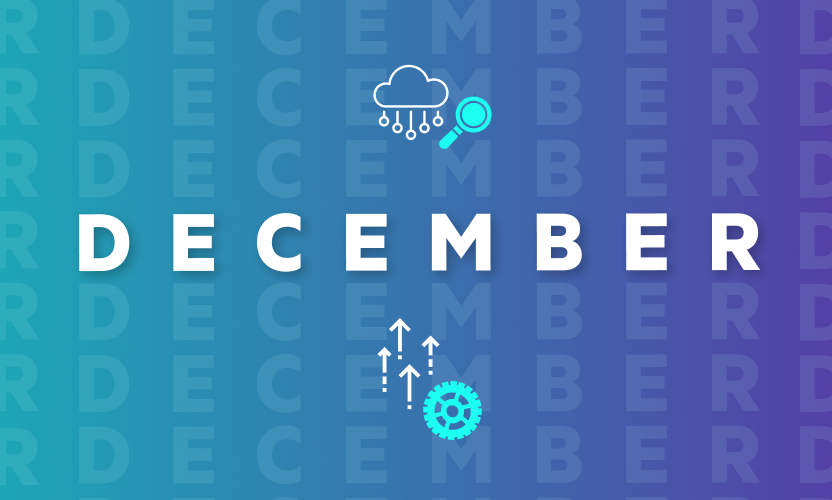Egnyte in the News
"Pure Or Hybrid Cloud: What Is Best For Your Customers?"
Fully understanding your customers' business needs is the biggest factor to providing them with the best cloud solution.
By Gennifer Biggs
Business Solutions
January 19, 2011
With so much interest last year in the cloud, the marketplace has become crowded with companies touting cloud-based data protection solutions of every flavor. I've asked several vendors - Egnyte, Rackspace, Intronis, and Axcient - to help clarify the options by explaining what options solutions providers can choose from, what to consider when picking options for customers, and how to present the value of cloud data protection options.
Defining Cloud Solutions Is Key To Customer Satisfaction
Let's start with the basics. Vineet Jain, CEO and cofounder of Egnyte, explains the difference between pure cloud solutions and hybrid options: "A pure cloud-based solution means data is hosted in the cloud on either a vendor's or solutions provider's servers, and an Internet connection is required to access the data. A hybrid solution combines a cloud back end with the ability to access the same files on a local device owned by the customer." Jain adds that accessing the files on the local device doesn't require an Internet connection. The difference between the two is obvious - a copy of your customer's data is either on-premise or not, or in the case of online storage, devices are either on-premise or not. "Plus customers who employ a fully online cloud storage option no longer have any physical devices in their offices. They are either taking advantage of an off-site server in a co-location facility, or they are running virtual machines in a multitenant environment," explains John Engates, CTO of Rackspace Hosting, which offers the latter option. Obviously, for some customers, that pure cloud model works, but in the last year, a lot of buzz has been generated around a hybrid model, where data is replicated into the cloud, but remains on-site as well. Additionally, the hybrid model resolves several issues associated with pure cloud, especially for customers in verticals ruled by compliance mandates. So, how do VARs and managed service providers (MSPs) know what is best for their customers?
Kent Plunkett, CEO of Intronis, advises channel partners to weigh the pros and cons of both options before choosing a solution for customers. "Advantages of cloud solutions include true business continuity, data restore to any site, a reduction in capital expenses, centralized control, and, in some cases, encryption," says Plunkett, who adds that high reliability and availability are also plusses if the solution uses a tier-four-classified, SAS 70 Type II-certified data center. Engates agrees that all cloud solutions have both benefits and pitfalls, so the most important aspect of selecting a cloud solution that works for your customer is a full understanding of what your client's business needs are for the cloud. "Public cloud provides the ability to quickly scale by tapping into shared computing resources and offloading data and applications into the cloud," he explains.
Advantages offered by hybrid cloud solutions are similar to those offered by pure cloud solutions, with the capacity for real-time backup being the biggest differentiator. "We recommend that our channel partners position cloud as part of a holistic solution," explains Justin Moore, CEO of Axcient. "You want that cloud location for disaster recovery (DR) purposes, and every business, no matter how small, should have a secure methodology for storing its data in a totally disparate location." Add to that compliance mandates, and a secondary site moves from a "should" to a "must." But Moore cautions that the off-site cloud element of a business continuity plan is only part of the puzzle. "When you look at the reasons behind data loss, it isn't often disaster, but rather user error, server crashes, and accidental deletes. While you want to protect yourself from the ultimate disaster, you can't overlook that the solution needs to resolve more common disruptions." That, says Moore, is where the on-premise portion comes into play. "The main problem with cloud is bandwidth. It's simply too slow for restoration purposes." Moore and Jain alike recommend solutions that provide on-site restore capabilities to offset the major drawback of pure cloud. "If you are working on a large file, the quality of your experience depends on the size of the file and the strength of your Internet connection," explains Jain. "For example, you may have a DSL connection that works great for Microsoft Office files but gets sluggish when you work on large photo files from the cloud. With a hybrid solution, you can access your locally stored file and edit it quickly, eliminating the heavy dependence on the Internet connection."
Customer Needs Drive Decisions On Cloud
Understanding how your customers will use a cloud solution is key to providing the right one because there are advantages to both methods. "Since each business is different, the channel must focus on identifying business needs such as backup, file sharing, collaboration, etc. before recommending a solution," says Jain. In a back-up/archival situation, where data on local devices is being backed up in the cloud, a pure cloud solution with well-defined service level agreement (SLA) for data recovery will likely work best, adds Jain. However, if the business is planning to use the cloud as a primary file store or for sharing, then a hybrid solution may be a better fit. Another important factor in choosing a solution is your customers' vertical. Engates points out that customers in industries including Web development and design and e-commerce find high value in pure cloud storage. Plunkett adds that SMBs can benefit from pure cloud as well due to the simplicity and elimination of capital expenditures - particularly attractive to start-ups.
One situation where hybrid solutions often win out is in verticals governed by compliance rules. "We would recommend a hybrid approach for medical businesses that need to comply with Healthcare Insurance Portability and Accountability act (HIPAA) regulations that have recover, security, and availability requirements," says Plunkett. "Financial businesses also have to comply with similar security and availability regulations, and we recommend a hybrid approach for them as well." Regardless of the solution, all the vendors warn against focusing on cost rather than the business value of cloud, such as secure, secondary backup locations, high availability of data regardless of user location, encryption options, and the support and service of both vendors and the VAR.
What Is Ahead For Cloud Solutions
"We are growing our data at an obscene rate, so we'll continue to struggle to answer the question of how to store this data," says Moore. Because explosive data growth is pushing the boundaries of traditional storage and data protection solutions, and because businesses are extremely reliant on that digital data, the tolerance for downtime is evaporating. "We have converted our businesses to leverage technology, and now we rely on that data to run our businesses, which means our solutions must reflect that need for near-constant availability," he adds. That means the pressure is on for cloud solutions to resolve the issue of uptime and security while making storage more affordable for businesses of all sizes.
Jain says he expects tremendous growth in the cloud market in the next 24 months. "We will see an increase in channel awareness and channel sales of cloud solutions as the world moves to pay-as-you-use models," he predicts. "We also expect to see a rush of customer demand and a strong move up-market. Most early adoption has been on the consumer and low end of the SMB market, but midsize companies and enterprises have been observing from the sidelines. As the value and offerings from vendors start to crystallize, we expect to see a big surge in adoption."





